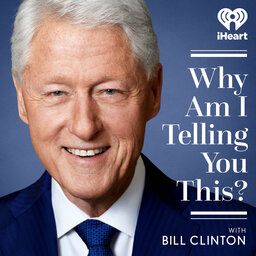Roman Mars: How Great Design Can Be 99% Invisible
In an age that seems dominated by conflict, it’s important that we step back and remind ourselves of our amazing capacity to work together. And there’s perhaps no greater example of that than the modern city. From the smallest details to the large-scale infrastructure, every piece of a city was thought about, designed, and built by someone to make one large living thing we could all inhabit. When it all works well, it enables our society to work well, too.
Roman Mars has spent his career chronicling these bits of human ingenuity that we so often take for granted—things like the utility codes, the curb cuts, the traffic signals, and much more. As host of the 99% Invisible Podcast and, with Kurt Kohlstedt, co-author of the book The 99% Invisible City: A Field Guide to the Hidden World of Everyday Design, his work challenges all of us to look up and around, and to think about the how and the why of design around the world in a different way.
 Why Am I Telling You This? with Bill Clinton
Why Am I Telling You This? with Bill Clinton


